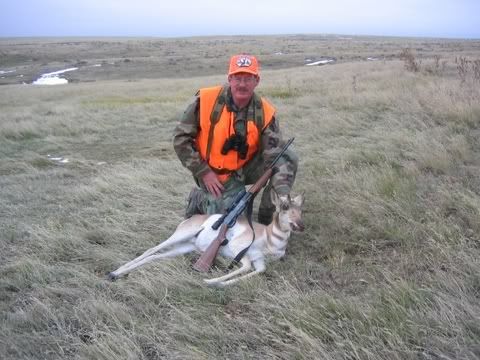Crankylove
New member
I have been watching the invasion the last few years and while the G&F is happy to collect your money,
It must be horrible for you to watch money from out of state contribute to the conservation and management of your local wildlife. All those silly people from other states, dumping money into Wyoming to help make your hunting experience a little better............what are they thinking? I hope you never plan on hunting Caribou in Canada, Bear in Alaska, or maybe some African plainsgame............that would make you the invader, wouldn't it?
I watched a group last year who drank most of the night, slept till 3 and then drove around in their Super Duty until dark, killing whatever 2pt buck happened to come out onto the right of way at dusk just to be shot from the road. Not hunters in my book. I don't doubt there are some respectful people in the bunch but as a group, I will take Ca hunters. They typically have invested alot to get here, stay longer and want a higher quality experience. Same w/ most of the people from back east.
I am glad to see you an open minded individual, and don't lump all out of state hunters in the same lot since they don't hunt exactly the same way you do.
I just hope you think about it on your next trip here.
We will be there in September, be glad to have ya tag along..............if you could stand to be seen in the company of some Utah hunters.
Last edited:




